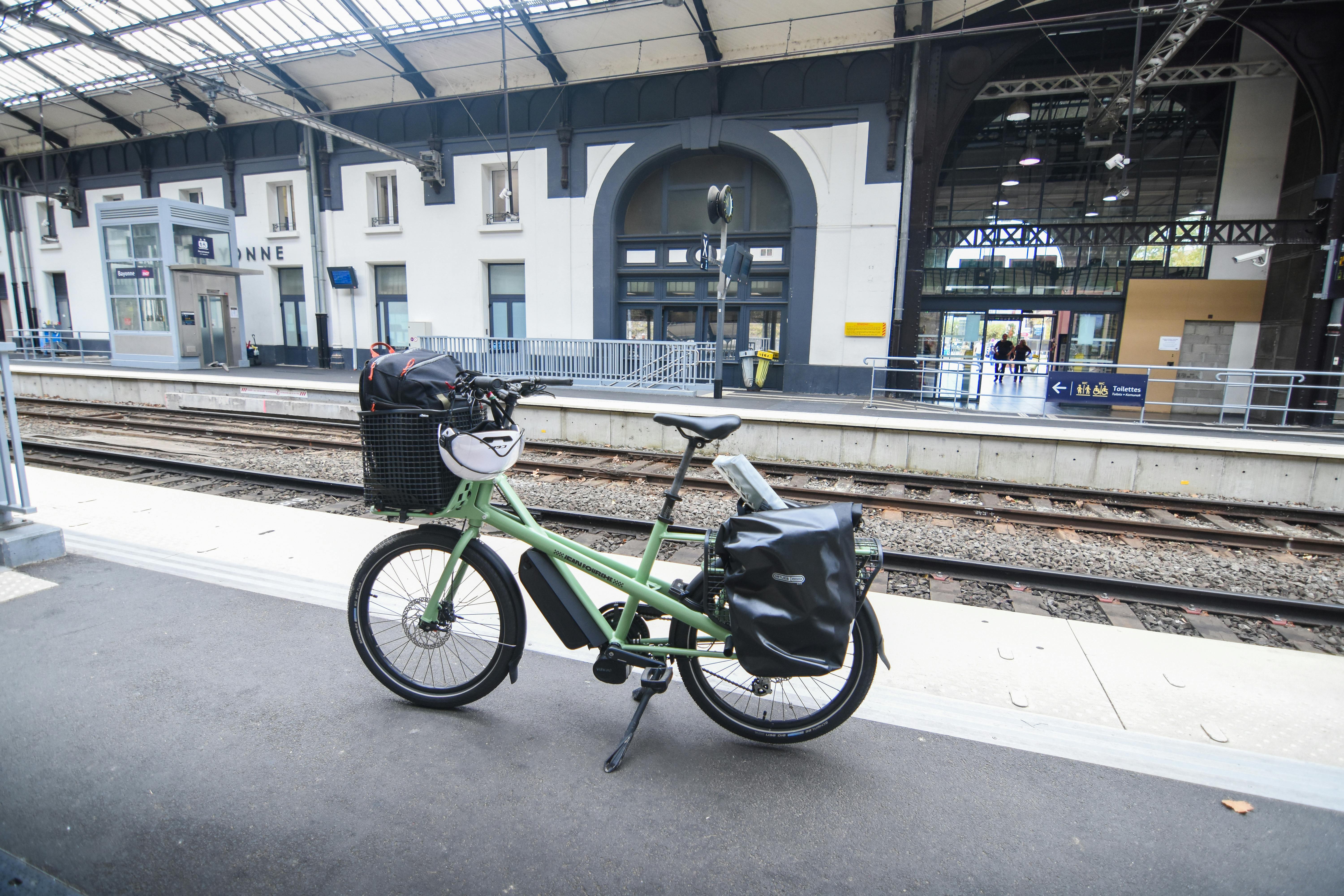Reducing Carbon Impact on Long-Distance Journeys: Practical Measures
Long-distance travel has a measurable carbon footprint, but practical steps can meaningfully reduce emissions for both passengers and freight. This article outlines multimodal planning, routing choices, and operational adjustments that improve sustainability while maintaining connectivity and reliability across journeys.

Long-distance journeys combine many moving parts, and targeted interventions can reduce the carbon impact without compromising accessibility or convenience. Travelers and operators can apply multimodal choices, smarter routing, and better scheduling to cut emissions across legs that include rail, bus, air, and road. Attention to luggage handling, customs processes, and ticketing alignment also reduces idle time and unnecessary transfers, improving both environmental outcomes and passenger experience.
How can multimodal planning reduce emissions and improve connectivity?
Adopting multimodal itineraries—combining rail, bus, and low-emission coach segments with short road transfers—often lowers total emissions compared with single-mode trips dominated by air or private cars. Effective multimodal planning requires reliable connectivity between modes, clear ticketing that spans operators, and scheduling that minimizes wait time. For long-distance routes, prioritizing continuous rail or high-occupancy coach segments where infrastructure exists can reduce per-passenger emissions. Longer transfer times and poor intermodal links increase both energy use and passenger discomfort, so integrated planning that reduces transfers is key.
What role does routing and scheduling play in reducing emissions?
Optimized routing and scheduling reduce fuel consumption by avoiding unnecessary detours, congestion, and idling. For operators, using data-driven routing that accounts for topography, average speeds, and predicted delays keeps vehicles within efficient speed bands and minimizes stop-start cycles. Scheduling that staggers departures to avoid peak congestion also lowers emissions per trip. On passenger journeys, choosing slightly slower but more direct surface routes or overnight options can be less carbon-intensive than multiple short flights. Clear information about delays and alternatives helps travelers make lower-emission choices.
How can micromobility and mobility options improve first- and last-mile sustainability?
Micromobility—shared bikes, e-scooters, and short-distance shuttles—supports low-carbon first- and last-mile connectivity to long-distance services. Integrating micromobility with ticketing and station access reduces reliance on private cars for short transfers and decreases parking demand. Urban mobility planning that provides secure parking, real-time availability, and accessible routes encourages commuters to leave cars at home when traveling. For accessibility, ensuring micromobility options accommodate luggage and mobility aids broadens who can use these low-emission links.
How do logistics, luggage handling, and customs affect carbon impact?
Freight logistics and passenger luggage handling influence overall journey emissions through vehicle load factors and processing times. Consolidated logistics—combining shipments and optimizing load planning—improves freight efficiency and reduces empty-run emissions. For passengers, streamlined luggage flows and efficient customs procedures lower dwell times at terminals, reducing idling and energy use. Digital pre-clearance and automated baggage routing can shorten processing queues; similarly, encouraging lighter packing or shared luggage transfer services for groups can marginally reduce fuel needs on connecting shuttle services.
How can accessibility and unified ticketing support sustainable travel choices?
Accessibility and user-friendly ticketing systems increase uptake of lower-emission modes by reducing friction. When disabled travelers, seniors, and families can access stations and vehicles without extra transfers, they are more likely to choose public transport options. Unified ticketing and real-time platform information create transparency around multimodal journeys, allowing passengers to compare total journey times and emissions implicitly. Pricing transparency, seat reservations, and combined fares that remove barriers between operators increase the attractiveness of sustainable routes versus single-occupancy car or short-haul flights.
What measures can commuters and freight operators take to minimize delays and emissions?
Commuting and freight operators can reduce emissions by prioritizing high-occupancy services, route consolidation, and demand-responsive scheduling. Employers encouraging flexible hours or staggered shifts reduce peak congestion; freight companies using night-time deliveries or consolidated pickup points avoid high-traffic periods. Proactive delay management—real-time messaging, alternate routing, and dynamic rebooking—keeps vehicles moving and reduces idle emissions. For freight, electrifying local delivery fleets and improving depot connectivity to rail hubs cuts long-distance road emissions when combined with efficient last-mile arrangements.
Conclusion
Reducing carbon impact on long-distance journeys requires coordinated action across planning, operations, and passenger choices. Multimodal connectivity, smarter routing and scheduling, micromobility integration, streamlined logistics and customs, and accessible ticketing each contribute to lower emissions while preserving service reliability. Incremental improvements in how journeys are planned and executed can add up to measurable emissions reductions across regional and international travel networks.





